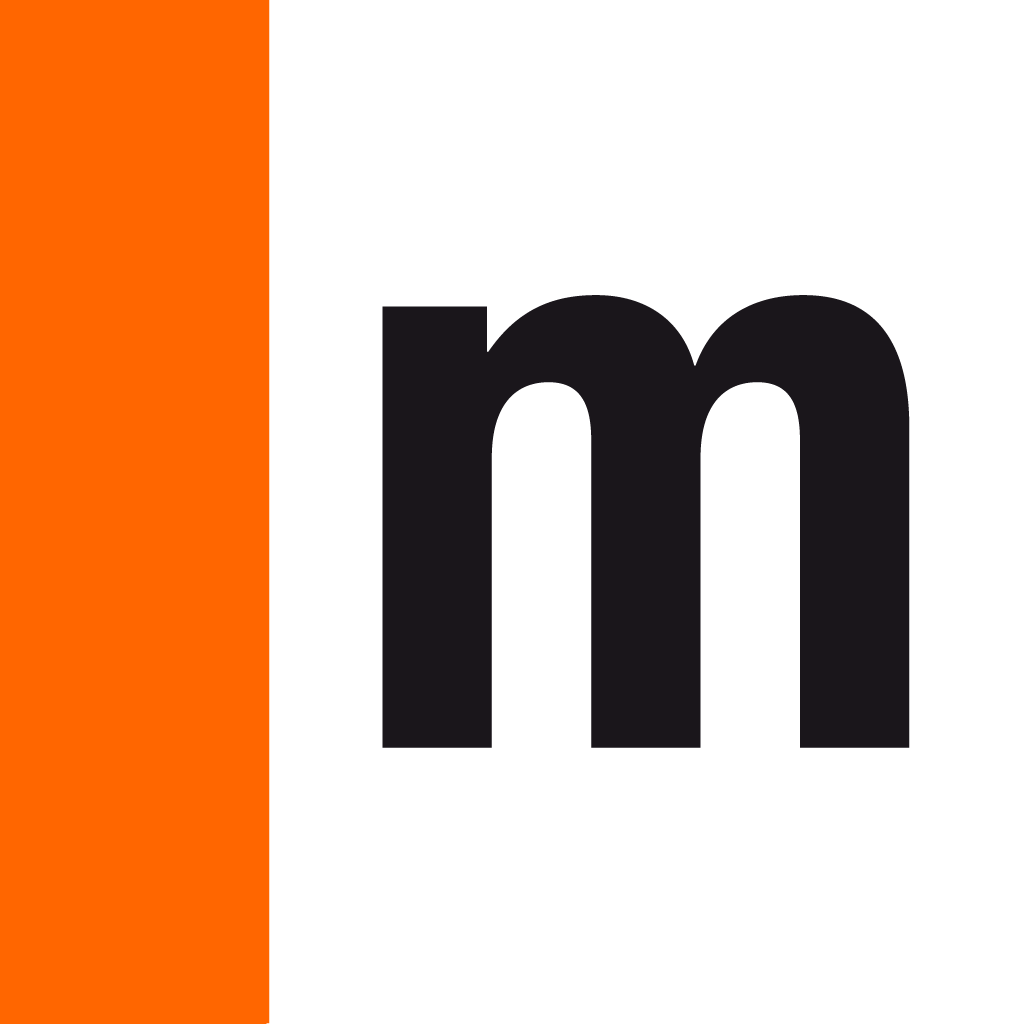What are Skill Cards?
Boost Personal & Professional Development with a Card Game!
This is a game built to provide structure to feedback and development conversations.
Skill Cards lives from conversation - the cards and the rules of the game are pillars on which to build a dialogue with your leader or someone from your team. The essence of the game is in aligning your view of your skills with your manager's view.
When playing it is important to remember: there is no wrong way to place the cards - every placement is a spark for a discussion and, through discussion, alignment.
Below you can find a detailed instructions.
1. Build your deck
Skill cards are about looking at your individual skillset, not just the skills that are traditional to your role. Are you an engineer with analytics expertise, take those cards! A designer that wants to do more product management, add those cards to your deck!
Make your deck your own. The goal is to create opportunities to discuss your individual skillset with your manager - there are no wrong answers.
All of the available cards are grouped by function. Grab all of the stacks that you feel reflect part of your skillset and move them to frame labeled "Your Deck". This is the basis from which you will sort the cards in the next step. A set of "shared" cards are already there - these represent skills that are relevant regardless of what your role is.
Communicate which cards you have selected with your manager. They will be sorting the same cards as you!
2. Sort
Sort your cards into the three groups:
Non-Focus
Good Enough
To Improve
Have your manager do the same separately on a different board. In the next step you will compare your evaluation with theirs.
3. Compare
Have your people manager copy and paste their sorted cards into this board. Place them beside the play-field, somewhere where you can sort them easily. Together, take the sorted cards and try to match them.
Place all cards that match on top of your own. Did you place them differently? Put your managers cards that don't match up separately (in the respective column) to discuss.
4. Discuss & Align
Discuss! Start with "non-focus" and move towards "to improve", focusing most on cards that you placed differently. There is no wrong way to place the cards. It may be that you are in alignment, but evaluated a different aspect of a card. Discuss and come to an agreement on what aspect of the card is relevant.
As you agree on the correct placement, make changes! Consider using post-its to write down important points for the cards you discuss.
When you reach "to improve", discuss each card.
5. Plan
Consider the cards and create a priority. Reduce to the most important to create focus.
Consider what the next steps are. Create a plan.
Describe what aspect of each card is relevant to you and your development.
Capture notes from your discussion.
Describe next steps of what you can do to begin improving.
Document! Make a plan to revisit these items in regularly.

Mobile.de
People Development
Mobile.de is one of the pioneers of German internet companies and was founded 25 years ago. Today we are part of the Adevinta family and the leading automotive marketplace in Germany.
Categories
Similar templates
Breakout Group Template

Breakout Group Template
Breakout groups provide an excellent opportunity for teammates to have candid conversations and connect on a more intimate level than is possible during a broader meeting. When you’re in a large group setting, it can be difficult for people to feel safe or comfortable speaking up. In a smaller group, participants can feel safer sharing their ideas. Since the group is more intimate, teams are empowered to participate rather than observe.
Rose, Thorn, Bud Retrospective

Rose, Thorn, Bud Retrospective
Run a simple yet effective retrospective with the Rose, Bud, Thorn Retrospective Template. Identify positive outcomes, challenges, and opportunities moving forward.
Service Blueprinting Workshop

Service Blueprinting Workshop
The Service Blueprinting Workshop template helps teams visualize and improve service processes. It includes ice breakers, context canvas, empathy maps, and action plans for service transitions. Use it to align teams, identify opportunities, and prototype service delivery from a macro to microscopic level, ensuring a comprehensive understanding of service orchestration and seamless collaboration. Ideal for remote and dispersed teams.
Breakout Group Template

Breakout Group Template
Breakout groups provide an excellent opportunity for teammates to have candid conversations and connect on a more intimate level than is possible during a broader meeting. When you’re in a large group setting, it can be difficult for people to feel safe or comfortable speaking up. In a smaller group, participants can feel safer sharing their ideas. Since the group is more intimate, teams are empowered to participate rather than observe.
Rose, Thorn, Bud Retrospective

Rose, Thorn, Bud Retrospective
Run a simple yet effective retrospective with the Rose, Bud, Thorn Retrospective Template. Identify positive outcomes, challenges, and opportunities moving forward.
Service Blueprinting Workshop

Service Blueprinting Workshop
The Service Blueprinting Workshop template helps teams visualize and improve service processes. It includes ice breakers, context canvas, empathy maps, and action plans for service transitions. Use it to align teams, identify opportunities, and prototype service delivery from a macro to microscopic level, ensuring a comprehensive understanding of service orchestration and seamless collaboration. Ideal for remote and dispersed teams.